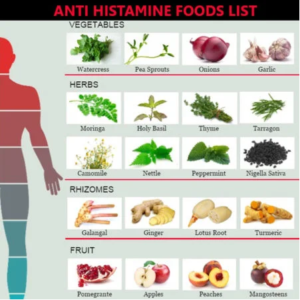
Consumer advocates and non-GMO food experts have criticized the non-GMO certification of Cargill’s EverSweet sweetener by NSF’s Non-GMO True North program because the product is derived from a genetically engineered yeast and should be considered a GMO.
Sold by Cargill, EverSweet is described as a “next generation, zero calorie sweetener.” It is derived through a fermentation process using a GMO yeast, which produces the compounds Reb M and Reb D similar to those found in a stevia leaf. NSF says the yeast is not in EverSweet.
But Dana Pearls, senior food and technology policy campaigner at Friends of the Earth, said the True North non-GMO verification of EverSweet “sets a dangerous precedent for greenwashing other GMO products.”
“All products derived from genetic engineering, including the GMO EverSweet, must be regulated, assessed, and labeled,” she said. “Ingredients like EverSweet that are derived from genetic engineering are the new GMOs, and labeling must be honest and transparent.”
Tom’s take:
Those of us who read the book 1984 can almost hear George Orwell calling from his grave, reading from his book, “War is Peace, Lies Are Truth.” After which he adds, “I warned you about this and you did not do enough to prevent it. It is well past time you woke up your fellow travelers on this mud ball before it becomes uninhabitable.”
https://www.ecowatch.com/eversweet-non-gmo-certification-2603754941.html







